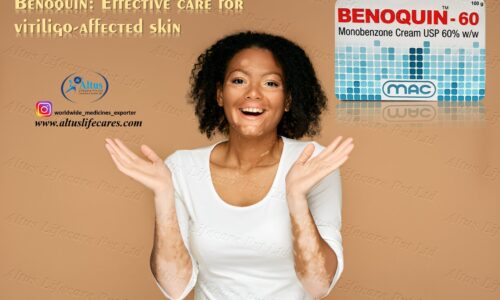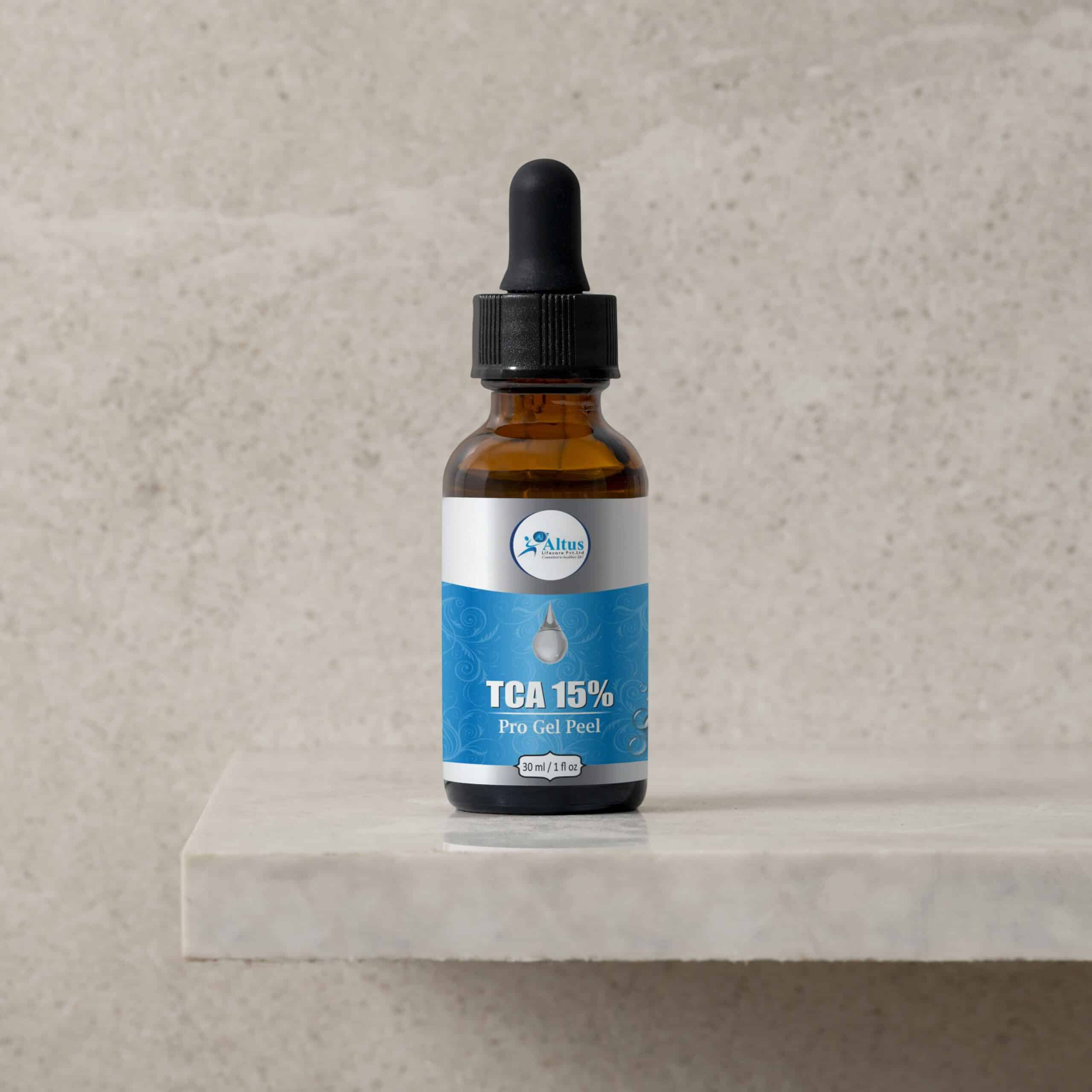
Best TCA 15% Skin Chemical Face Facial Peel – Age Spots – Sun Damage

TCA 15% is a powerful acid that can remove over 10 years of aging from your face with only a few applications. You will receive a large 1 oz bottle of 15% TCA with detailed instructions on how to safely apply the acids as well as aftercare.TCA is intended to be diluted with water to reach a safe and effective strength for your skintype. You will need a gentle cleanser and sunscreen after your peel, be sure to check out our gentle cleansers, sunscreen and face masks to help heal the skin faster after a peel application! TCA peels are a great way to improve the look of your skin, be sure if you are a newbie to skin peels you do plenty of research to be sure this is the right type of peel and strength for your skin type.
TCA can be diluted to a strength appropraite for your skin with water. Individuals with sensitive skin or newbies should start with glycolic acids first then graduate to TCA – A 5-15% strength is recommened for newbies. If you are a seasoned chemical peel user and need a stronger acid to remove layers of skin than 15-25% is recommended. TCA peels are NOT recommended for perople with darker skin types as hypopigmentation can occur (patches of missing skin color). Please be sure to do the proper research! Do NOT begin with the 20% or 25% TCA unless you have used 15% several times successfully.
TCA 15% Benefits
* TCA – Tricholoroacetic Acid improves the look of fine lines/wrinkles and mottled skintone (due to blemishes and sun damage) with consistent use
* Improves dull skin by removing built up dead skin to revel more radiant skin beneath
* Improves the absorption of other products by removing built up dead skin
* Improves blotchy skintone and diminishes sun damage
TCA has also been proven to lessen the appearance of freckles, years of sun damage, bad skintone, loose skin and wrinkles and fine lines. Can improve the look of icepick scars, uneven texture in the skin (damage from previous blemishes).
THIS IS CONSIDERED A MEDIUM TO DEEP PEEL- You may have a week to 2 weeks of peeling/redness/swelling/blemishes (normal reactions to TCA)
Proper research on if TCA is appropriate for your skintype is recommended.
– – – – –
TCA peels are a great way to improve the look of your skin, be sure if you are a newbie to skin peels you do plenty of research to be sure this is the right type of peel and strength for your skin type. TCA can be diluted to a strength appropraite for your skin with water.
Individuals with sensitive skin or newbies should start with glycolic acids first then graduate to TCA – A 5-15% strength is recommened for newbies. If you are a seasoned chemical peel user and need a stronger acid to remove layers of skin than 15-25% is recommended. TCA peels are NOT recommended for perople with darker skin types as hypopigmentation can occur ( patches of missing skin color). Please be sure to do the proper research! Do NOT begin with the 20% or 25% TCA unless you have used 15% several times successfully.

Side Effects and Contraindications
FDA – Sun Sensitivity Alert
Clients need to be aware that by using glycolic acid and other peeling products, your skin will be more photo-sensitive than normal. It is recommended that you use a sunscreen with an SPF of at least 15, preferably SPF 30 or higher, after using skin peel products. The FDA recommends using an SPF for one week post-peel.
NORMAL SIDE EFFECTS:
* Swelling
* Redness/soreness of application area
* Rashing/flaking/peeling (peeling generally starts the 3rd-5th day)
* Temporary darkening of skin (once peeling starts these will (in most cases) dissapear). Exposing your skin to the sun after an acid application can cause temporary or possibly permaneant darkening of the skin.
* Frosting (TCA can cause this) of the skin
* Blemishes/acne may occur follwing a skin peel as the pores are being deeply cleansed by acids – this is NORMAL
*Sensitivity to the sun and other products – Other skin products may burn or feel uncomfortable to use immediately following a peel.
It is extremely important to remember that a chemical peel is the willful application of an ACID to produce a controlled injury to the skin. By intentionally causing “damage”, ythe acids cause the outermost layers of the epidermis to slough off to reveal newer, fresher skin. WARNING: If you are at all unsure about any aspects of using this product, DO NOT proceed. By purchasing and using this product, you do so at your own discretion and assume all liability for the outcome.
YOU SHOULD NOT USE A CHEMICAL PEEL IF:
• You are currently taking Accutane or have done so within the past twelve months
* Darker skin types should avoid TCA as rare removal of melanin can occur (white patches).
• You are pregnant or nursing – consult your Dr.
• You have a tendency to form keloid scars
• You have a sexually transmitted disease such as herpes, HIV/AIDS, or a similar condition
• You are undergoing cancer treatments, including chemotherapy and/or radiation
• You do not understand the process of a peel, are not willing to follow the post peel regime, or do not take the time to properly educate yourself about which solution or solution strength should be used;
• You expect instant results – Skin peels are a progressive treatment and multiple applications are recommended to acheive a goal.
• You have been treated with a hair-removal system in the past two to three days
DO NOT USE A CHEMICAL PEEL IF YOU HAVE ANY OF THE FOLLOWING:
• Skin Allergies
• Sunburn
• Broken Skin
• Skin Grafts
• Open Wounds/Lesions
• Recent Surgery
• Inflamed Skin
ANY skin diseases (eczema, dermatitis, melasma, Psoriasis..etc) should be consulted with a Doctor prior to applying acids.
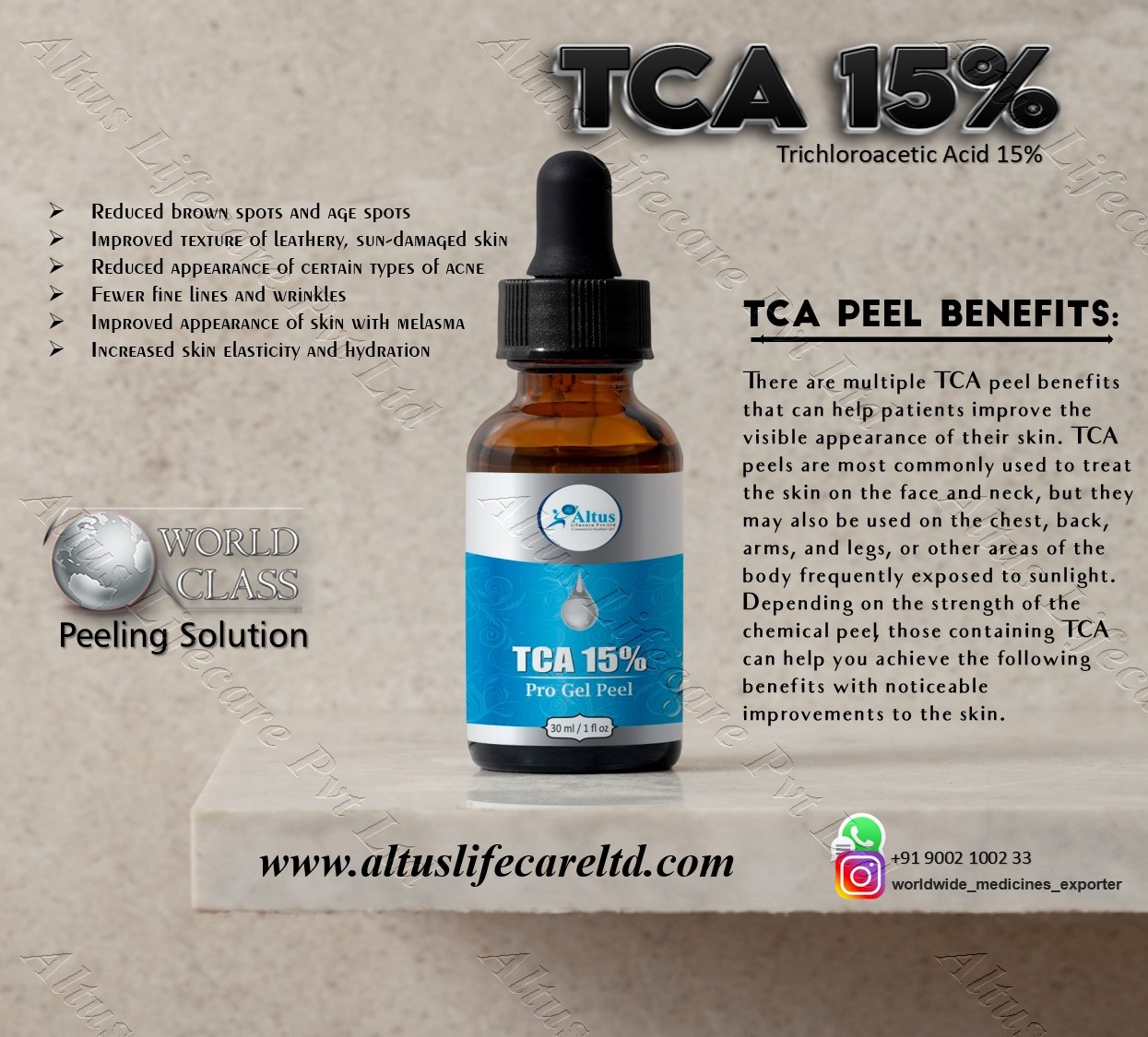
What is a TCA chemical peel?
TCA chemical peel solution comes in various percentages ranging from 15-50%. The higher the percentage the more uncomfortable the treatment and longer the downtime is post-treatmentz.
It has many amazing benefits. It is called “medium-depth” because it reaches the middle layer of our skin, known as the dermis. It is within the dermis that our collagen, elastin and hyaluronic acid is produced and regulated. TCA chemical peels exfoliate the outermost layers of our skin and promote skin rejuvenation. They are effective in:
- Brightening the complexion
- Improving pigmentation
- Reducing acne
- Reducing the appearance of pores
- Improving skin texture and scarring
- Reduces fine lines and wrinkles
It is said that winter is the best time for these medium depth peels due to lesser UV exposure. However, many live in countries that are warm all-year round. You just have to be sun safe and sensible. Although a single treatment will make a small difference, we advise a course of 3-6 treatments, spaced a month apart.
Who is it NOT suitable for?
Although it is a very non-invasive and accessible treatment, you will need a thorough consultation to assess suitability. There are many contraindications including (but not limited to):
- Pregnancy/breastfeeding
- Oral medication such as Isotretinoin
- Those exposed to continuous UV exposure
- Darker skin types (Fitzpatrick skin type 5 and 6)
- Keloid scarring
What to do before?
If your practitioner has deemed you suitable for this treatment you must:
- Stop using active ingredients such as retinol and acids for 7 days before your peel
- Not sunbathe or use a tanning bed at least a month before your treatment
- Not use self-tanning topical products for two weeks before your chemical peel
- Not have any injectable to cosmetic dermatology treatments within two weeks of your peel.
If you are at risk of post-inflammatory hyperpigmentation (PIH), your practitioner may decide to put you on a tailored skincare regime 4-6 weeks before your peel.
What to expect during the peel
The process is extremely quick. Your face will be thoroughly washed before the application of the chemical peel. Sensitive areas such as the corners of your eyes, lips and nose will be protected with vaseline (which will prevent the peel working in these areas). The peel is applied and left on your skin for approximately 3-5 minutes and then a final cream is applied which helps to soothe the burning and stinging feeling you may experience. Most patients tolerate this very short-lived sensation well and as soon as the final cream is applied, the sensation starts to reduce and disappear. Your practitioner’s final step is to apply SPF before you leave and you should avoid UV exposure following your treatment. You are advised to wash the TCA peel away with a gentle cleanser 10-12 hours after your treatment. Time your treatment well if you want to avoid waking up in the middle of the night to wash your peel off!
What to expect after
Immediately after your peel, your face will appear red and a little frosty. Often people describe the appearance as “looking a bit burnt”. The redness subsides by the next day and your skin will start to feel a little tight. Your skin will start to shed from day 3-4 and shedding can last up to 7-10 days.
Some rules to follow:
- Do not exercise/use saunas/use jacuzzi for 48 hours following your peel
- Avoid direct UV exposure (sunbathing and tanning) for at least 4 weeks after your peel. Something to consider if you have holidays planned
- Do not pick your shedding skin, this can lead to pigmentation.
- Do not use any active ingredients until your skin has stopped shedding for 7 consecutive days
- Apply SPF religiously, you don’t want to do more damage
- Do not book any cosmetic treatments for at least 2 weeks post-treatment.
- Keep your face moisturised and reach out to your practitioner if you are concerned about any adverse effects.
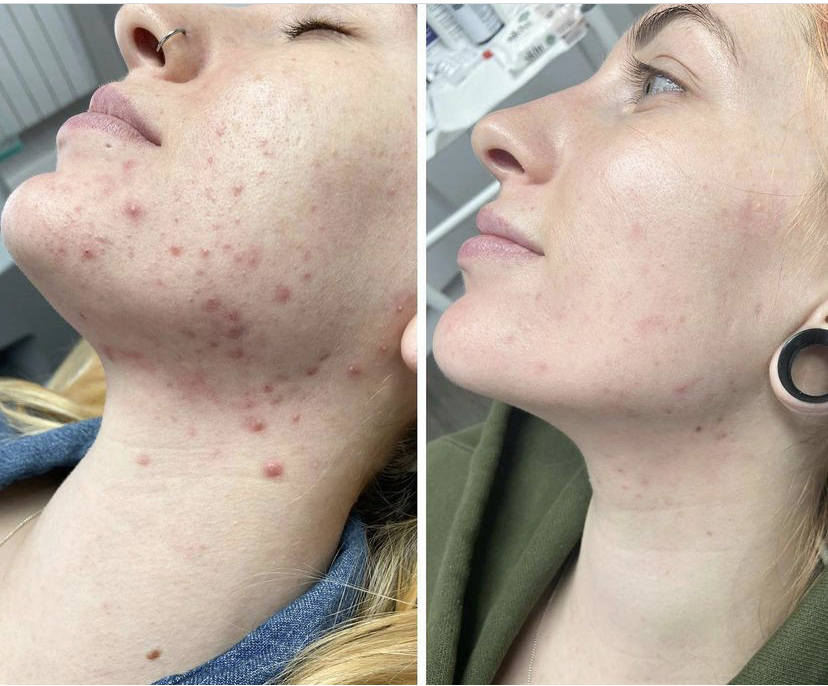
Preparing for a TCA Peel
- Determine if you are a suitable candidate for a TCA peel. TCA peels can have positive impacts on your skin by removing signs of aging and acne. However, there are certain instances when you should not apply a TCA peel. Do not use a TCA peel if you:
- Have cuts, broken skin, or received a recent facial surgical procedure.
- Have a sunburn.
- Have active Herpes simplex 1 sores.
- Are pregnant or breastfeeding.
- Have taken Accutane in the last year.
- Have recently received chemotherapy or radiation treatment.
- Use products that contain alpha hydroxy acids 5-7 days before the peel. In order to prepare your skin for a TCA peel and make the treatment more effective, you should use a face product that contains AHAs, such as glycolic or lactic acids. There are a variety of creams, lotions, and toners available for your skin. Begin using this product approximately five to seven days before applying the peel.

- Read all the instructions provided with the peel. TCA peels can be purchased through online retailers or through a dermatologist. Once you have acquired a TCA solution, you should read and follow all of the instructions provided by the manufacturer. TCA peels can be highly acidic so it is very important that you follow all directions.

- Test the TCA on a small patch of skin. This way you will be able to determine if the acid solution is too strong or if you are allergic to the solution. For example, if you want to apply a TCA peel to your face, you should test a small patch of skin under your ear. This area is out of the way and will not be overly visible if you have a negative reaction. Always test the skin near the area you want to treat.
- Rinse the test patch of skin once it starts to burn.

- Wait 48 hours to apply the peel. This way you will know how the peel will react on your skin. If the spot that was tested becomes itchy, red, or bumpy, you should not apply the peel to your skin. This is likely a sign that you are experiencing an allergic reaction.
Applying a TCA Peel
- Remove surface oils using a prep solution. Some TCA peels will come with a prep solution that should be applied to your skin prior to administering the peel. These solutions help to fully dry out your skin and remove any lingering surface oils.
- If you did not purchase a prep solution, you can apply witch hazel or diluted rubbing alcohol to your skin using gauze.
- Apply petroleum jelly around the eyes, mouth, and nose. If you are applying a TCA peel to your face, you want to protect some sensitive areas from the acid. In order to do this, use a cotton swab to apply a bit of petroleum jelly to your lips, and the skin around your eyes and nostrils. This will prevent the acid from damaging these sensitive areas.
- You may want to wear safety goggles to prevent any TCA solution from dripping into your eyes. You will still have to apply petroleum jelly to your nose and mouth, however.
- Put on latex gloves. While working with the TCA solution, you want to be careful that the acid does not touch other areas of skin. As a result, you should always wear latex gloves to protect your hands from the acid. This is especially important if you are applying the TCA using gauze because it will likely come into contact with your fingers.
- Pour the TCA solution into a small dish. Place a small dish on your counter and pour some of the TCA solution into the dish. This will make it easy for you to dip your brush or gauze into the solution while you are applying the TCA to your skin.
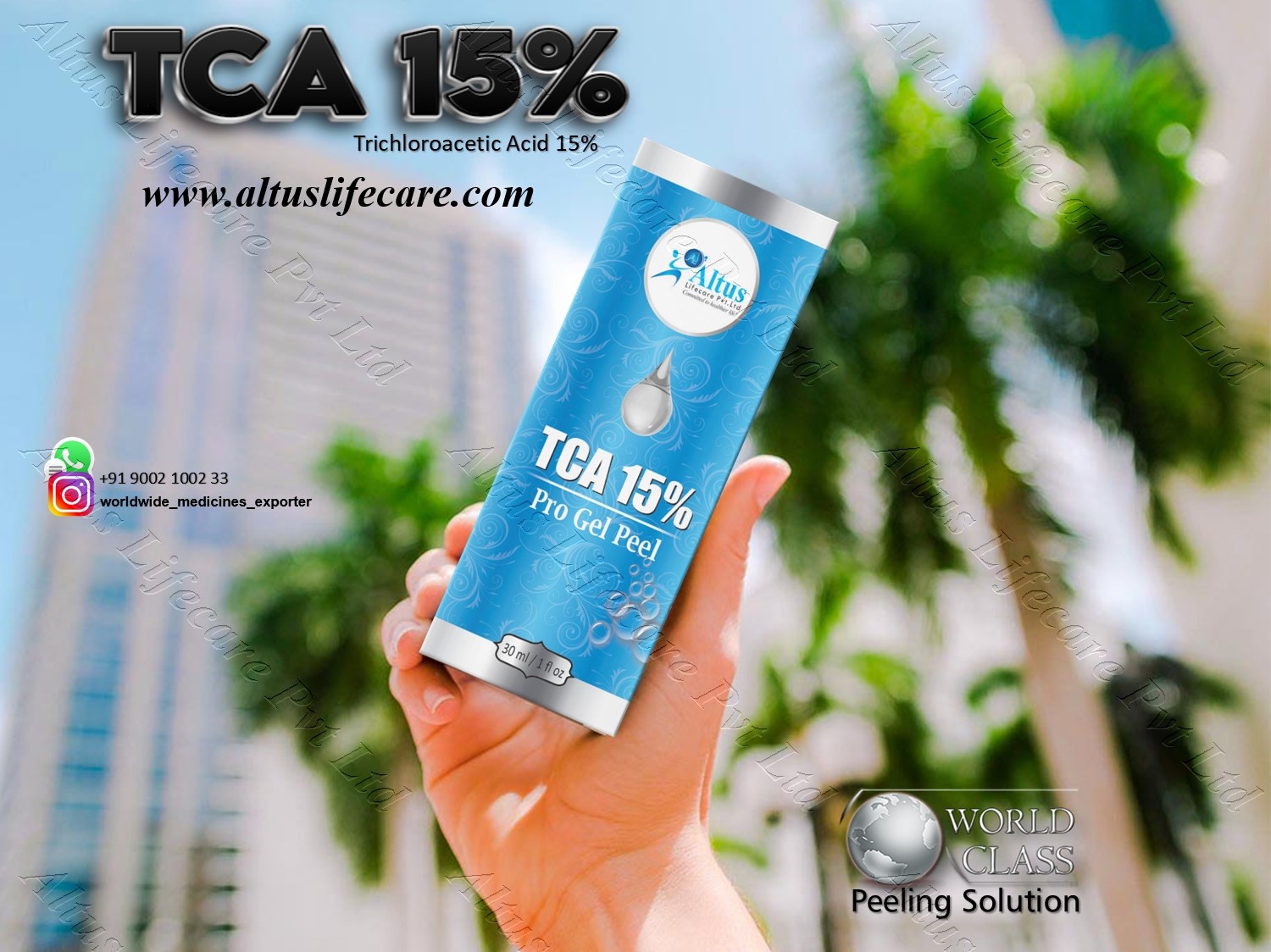
- Use gauze to apply TCA to your skin. Dip a piece of gauze into the TCA solution. Then squeeze the gauze gently. You want the gauze to be wet, but not dripping. This will prevent the solution from running into your eyes. Then apply a thin layer of TCA to the desired area of skin. If you are applying the TCA to your face, you may want to divide the area into sections.
- For example, start by applying the TCA solution to the right side of your face, then the left side, and do the forehead last. This will help prevent you from overlapping the solution.
- You can also apply TCA using a makeup brush, but a brush is more likely to cause dripping.
- Wait 2-5 minutes. Once the solution has been applied to your skin, you should wait approximately two to five minutes. The time will vary depending on the strength of the solution, the number of peels you have performed, and your own skin type. It is normal for your skin to turn red and sting a bit while the peel is on your face.
- If your skin begins to frost (i.e. turn white) or sting uncomfortably, you should begin neutralizing immediately by washing the solution off with water.
- This is more likely to occur when using a stronger TCA of 15% or higher.
Removing a TCA Peel
- Apply a post-peel neutralizer to your skin. If you begin to experience frosting, you should apply a post-peel neutralizer to your skin. This typically comes with the TCA peel kit. Apply the neutralizer to your skin using a gauze or a soft cloth dipped in the neutralizer.
- You can also make your own neutralizer by mixing 2 tablespoons of baking soda with 1 and a half cups (355 ml) of water.
- Wash your face with water. After the peel has been on for five minutes, you should wash it off by splashing water onto your face. You can also apply water by dabbing your skin with a wet cloth. This will help to remove the TCA from your skin and will help to neutralize the area.
- Apply a healing ointment. Once your skin is dry, apply a healing ointment to the skin. For example, try using emu oil or Bacitracin to help heal your skin following a TCA peel. You should reapply this solution a few times a day for at least 48 hours following the peel.
Recovering from a TCA Peel
- Use SPF 30 sunscreen to protect your skin. Your skin will likely peel for approximately five to seven days following the procedure and during this time you should avoid exposing your skin to the sun. Make sure to use a sunscreen with an SPF of 30 or higher during this time. Remember to reapply every two hours, or more if your skin has gotten wet or sweaty.

- Drink lots of water. TCA peels will dry out your skin. You can replenish the liquids in your skin by drinking lots of water. Try and consume at least eight cups of water per day following the application of a TCA peel.
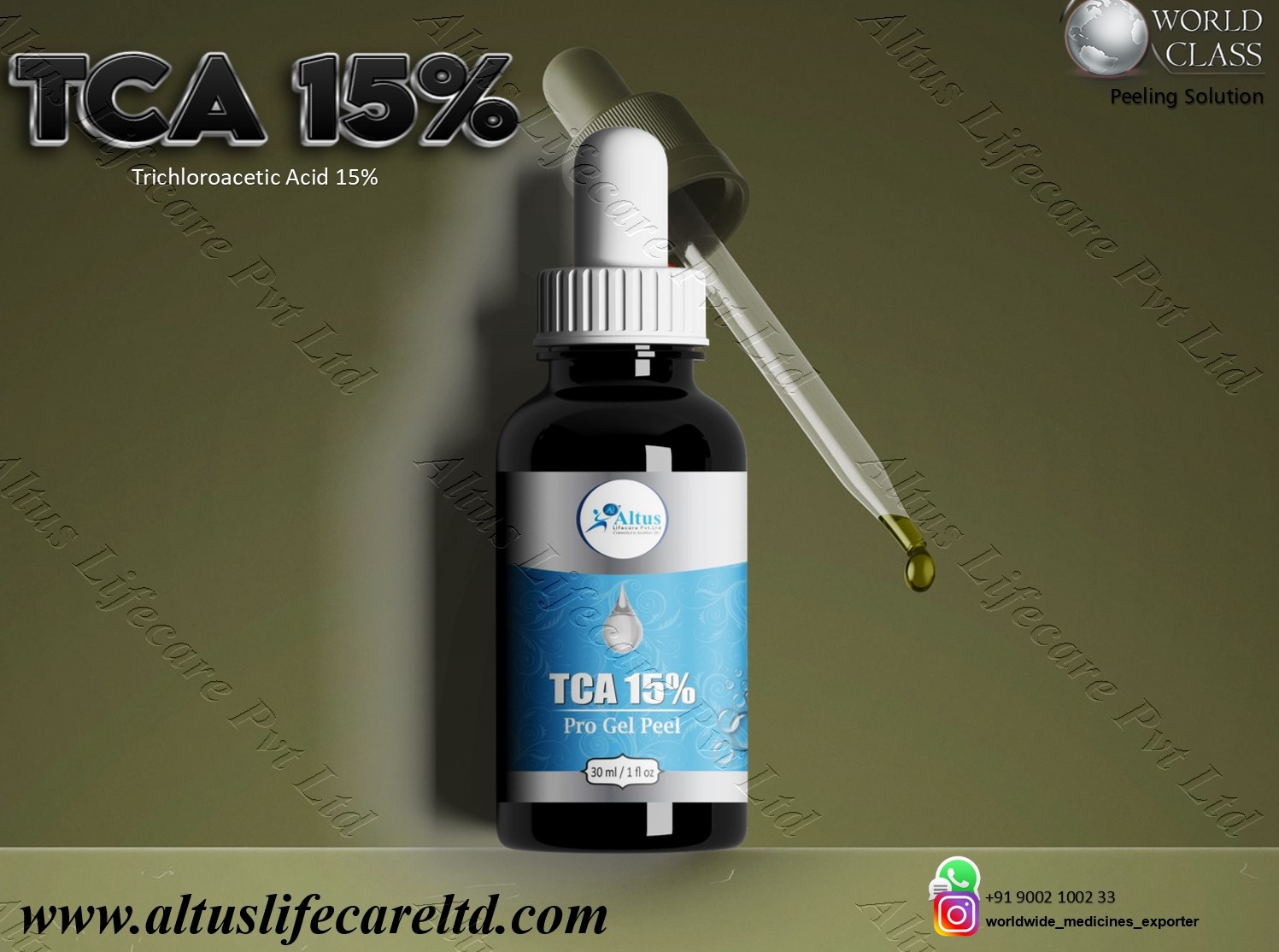
- Avoid picking at your skin. If you used a stronger TCA solution, you skin will likely peel for a few days following the treatment. Do not pick at your skin. Instead, let it peel on its own. Picking the skin can lead to skin damage.
- Wait 10-14 days for the final results to appear. Do not apply another peel during this time. Although your skin may stop peeling prior to 14 days, the solution is still working on your face and the results will not fully appear for 10-14 days. Once the results are visible, you can determine if another treatment is necessary. TCA peels are quite strong, so if you notice positive results after the first peel, you likely do not need to perform another peel.
Buy TCA 15% online from www.worldclassbeautyskincare.com

